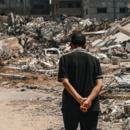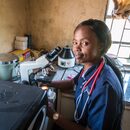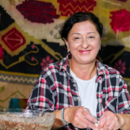Typhoon Koppu is weakening
Typhoon Koppu, locally known as Lando, has slightly weakened since yesterday afternoon. Despite this change, it will continue to bring medium rains and scattered storms in the Ilocos, the Cagayan Valley and the Cordillera Administrative regions.












